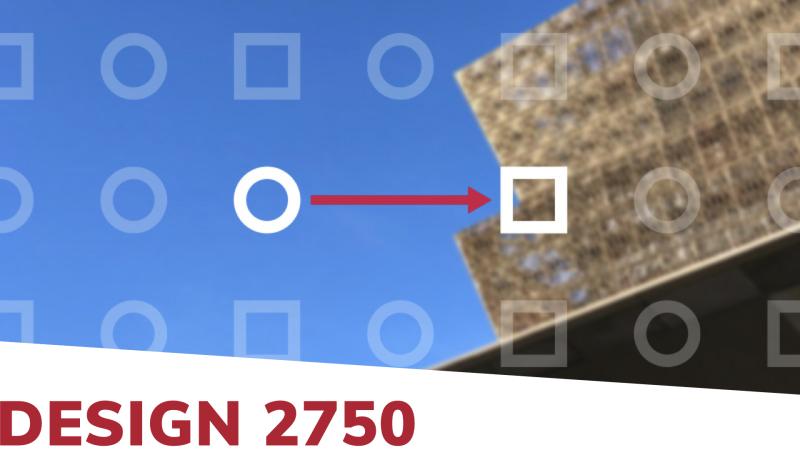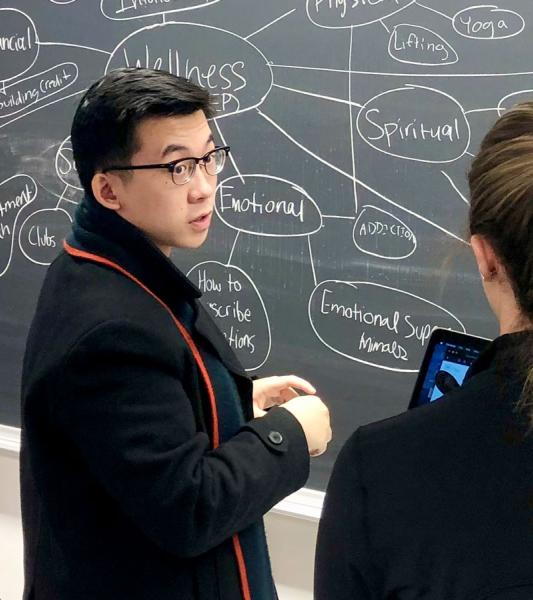DESIGN 2750: Design History
Prerequisites: Open to all students eligible to enroll undergraduate Ohio State coursework.
Keywords: History; Culture; Technology; Materials; Aesthetics

How has designed effort shifted and changed over the course of time around the world?
In what ways has technology shaped design developments throughout history?
How is culture a factor that influences design developments?
How do design developments influence cultural attributes?
Overview
Although the brief description above is accurate, this expanded version provides greater specificity about the topics covered in this course. While it is impossible to cover the history of design in a comprehensive way in one semester, it is possible to create a robust understanding of some key historical developments in the history of design and how they were influenced by larger socio-cultural and political contexts. Because the term design can be defined very broadly (what isn’t a design?), the purpose of this course is to provide knowledge of key designed environments, artifacts, and experiences and the evolution of the design effort that contributed to their creation over time. Because “design” is both a noun and a verb, you will learn about the history of design practices along with increasing your awareness of their results. This course is structured to encourage you to see connections and to gather and evaluate the merit of historical data/information about designed environments and their contents across time and from a diverse array of cultures and places. You are encouraged to connect a broader range of interests from your own areas of expertise to the topics encountered in this course.
It is important to note that we will look at designed environments in this course from a global perspective and across time, but even that will be limited topically by necessity. The course emphasizes design developments that have occurred in the past 250 years, and it focuses more attention on significant forces that have influenced the evolution of design practices in the United States, since that is where our study takes place.
In many ways, the history of design is a history of everyday life. It is all around us, hiding in plain sight. It is not the product of a single specific process, place, or philosophical belief. That is what makes hunting for it so much fun. Because design is the result of purposeful actions, it is important to address its history in an active way. A significant amount of your effort in this course will engage information gathering processes that will expand your thinking about where historical information about design’s past can be found. I encourage you to think like a detective!
Objectives
By the end of this course, successful students should be able to:
- Use information gathering strategies to identify complex cultural forces that have shaped the development of designs across time;
- Identify and summarize key ideas presented in a range of media, such as readings, recordings, and interactive web sites;
- Describe noteworthy case studies/stories that exemplify key moves throughout a globally-focused design history;
- Explain the significance of the evolution of materials, media and technology on design innovations;
- Use a more descriptive vocabulary by adding key historic terminology;
- Think like a design historian!
Course Materials
In the interest of prioritizing the affordability of this course, no textbook or materials are required for purchase. Access to internet and a reliable device will be necessary, however. An iPad is sufficient.
Course Organization
This course is 100% online. There are no required sessions when you must be logged in to Carmen at a scheduled time. This course is organized as a series of modules that will be released to you as sets of three, every three weeks. You are encouraged to complete one module per week in order to stay on schedule and distribute the workload evenly.
Sample Coursework
Each module includes a recorded and written introduction, at least one recorded presentation by your instructor, some readings and videos to watch (or podcasts to listen to), and a quiz and a short (300-500 word maximum) written assignment. There are two longer assignments that you must complete during the semester and a final quiz.

